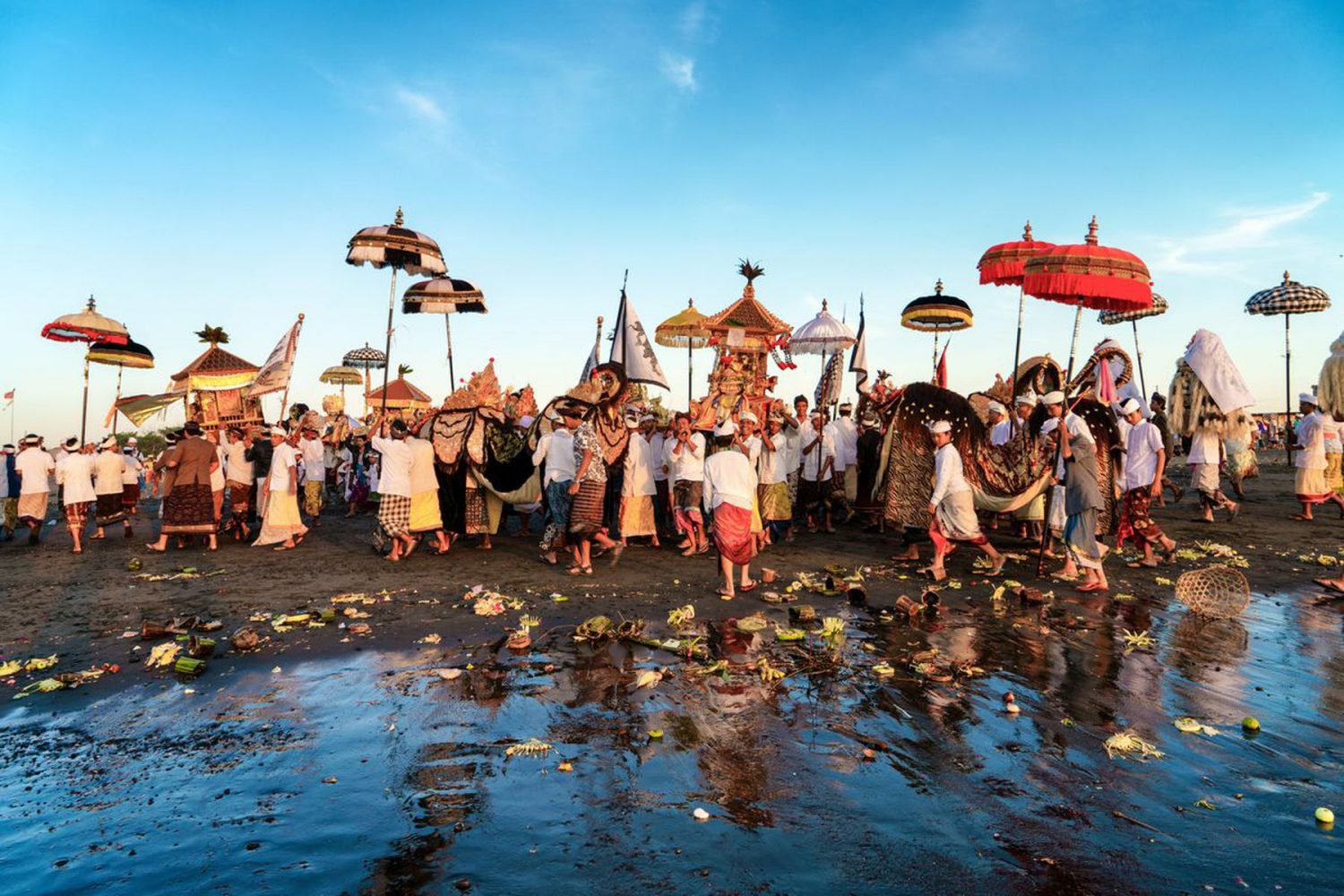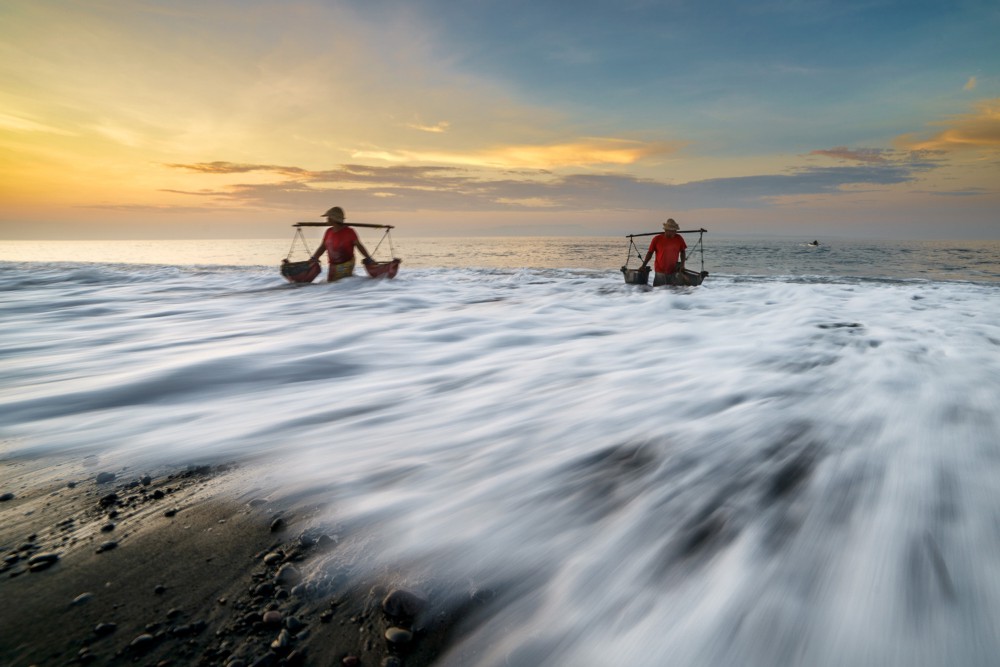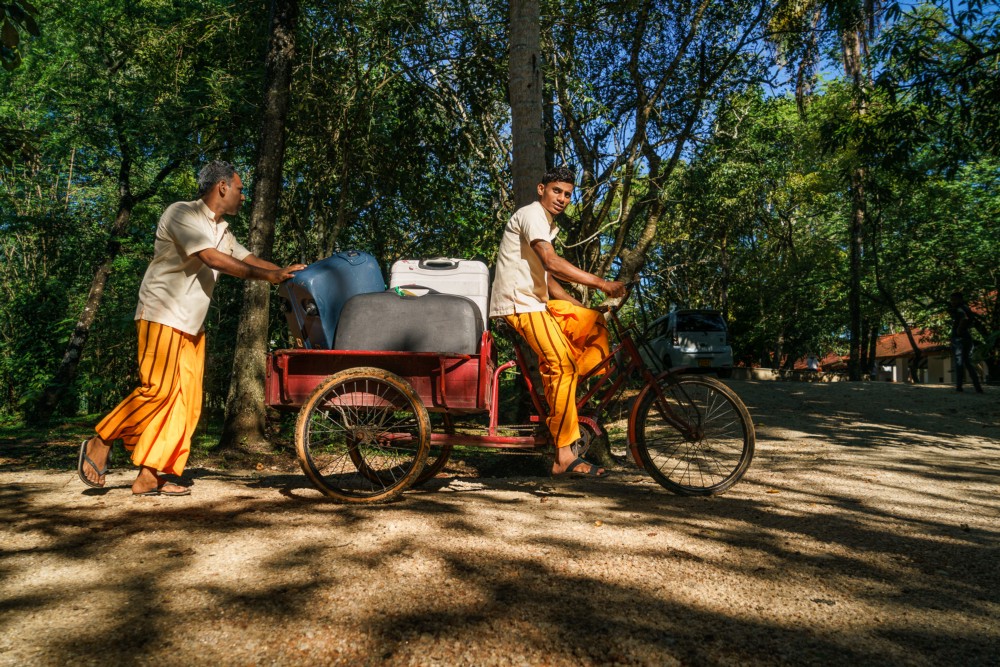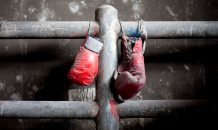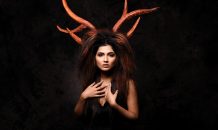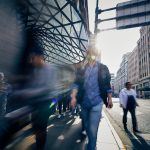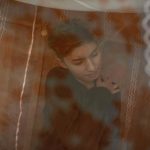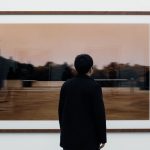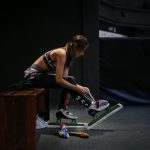
Founder of the eponymous Jino Lee Photography, Jino’s work has regularly been featured in travel publications and in-flight magazines such as Singapore Airlines’ Silver Kris, SilkAir’s Silkwinds, and Turkish Airlines’ Skyline. An award-winning photographer specialising in destination photography, he regularly conducts overseas travel photography workshops, and has served as a judge for National Geographic Channel’s photography contests.
PIXERF: How did you get started in photography?
I first got into photography in 2003 due to circumstance, rather than choice. I had been retrenched from my last audio engineering job (yes, I was in the music and audio engineering industry for 13 years) and was not able to fit into any “normal” jobs like sales or marketing. So I decided to buy a camera — an analog SLR of course — and jumped straight into the industry without a life jacket. It was a swim or sink situation for me back then, and I’m glad to have made it to where I am today.
What do you bring in your camera bag while travelling? Is there anything you carry specifically for travel photography?
I used to carry two DSLR bodies and a mixture of up to six lenses every time, but since 2015, I’ve ditched my heavy and bulky DSLR system for the lighter and more compact Mirrorless ILC. Now, I carry a Sony a7RII with four lenses; 16–35mm f4, 24–70mm f4, 70–200mm f4, and 55mm f1.8. I also bring a tripod and some filters, such as circular polariser and ND filters.
Tell us about some of your favourite travel snaps.
It’s hard to say which photos are my favourite, because they are all my “babies” and I love them all equally. But if I had to pick a few, here are some shots that best showcase the advantages of switching to a mirrorless system, particularly the Sony a7RII.
Salt Farming — with the flip LCD screen, I’m able to compose my shots at a very low angle without having to lie down on my belly. As the sand was very soft and the waves were strong, there was no way to use a tripod at this location. The a7RII has IBIS, which stands for In-Body-Image-Stabilizers, which allowed me to shoot handheld up to 3–4 stops slower. All I needed to do was wait for the waves to crash in and take a few continuous shots before choosing the best.

Mekong Sunset by Jino Lee / PIXERF
Mekong Sunset — this was a single exposure shot taken with the Sony a7RII facing towards the setting sun. I adjusted exposure for the sky, which caused my foreground to become very dark. In fact, the original shot was about 4 stops underexposed, but I managed to lift the shadow in Adobe Lightroom during post-processing and the final image still turned out so clean and full of details!
The Porter — I love this shot because everything just happened to fall into place so perfectly; the light and shadow, the expression of the porter, the colours, and the poignancy of the moment. It may seem like I took this photo with a simple click, but I actually followed them for quite a while and had to pre-visualise the final image before getting this shot.
Travel photography seems like a glamorous job, but we both know that it takes a lot of hard work. What does your typical process look like?
Before going on any overseas assignment, I spend a lot of time planning and thinking about the location, composition, lighting, and subject of every shot. But once I’m in the zone, I just let go of everything and flow; I may plan and think a lot before the shoot, but once I actually start shooting, I let go and flow with the spirit. That’s how I always work — a combination of preparation, intuition, and happenstance.
Every night, I will back-up all my day’s work to two separate external hard drives and do some pre-selections if I’m not too tired. I don’t do any post-processing while on the road as I only carry a very basic 11” MacBook Air and it’s not suitable for any serious post-processing work.
How do you balance your work as a photographer with spending time actually experiencing (and enjoying) the locations you visit?
Very interesting question! To be honest, I enjoy the location first, and photography second. I can’t take a good photo if I don’t feel comfortable or if I’m not enjoying myself. This may sound unprofessional since my client sent me all the way, paid for all my expenses and creative fee. But end of the day, as long as I’m able to give them the photos that they want, meet their expectations and standards, they’re happy and I’m happy.
Discover more of Jino’s work on his PIXERF page, website, and Instagram.

